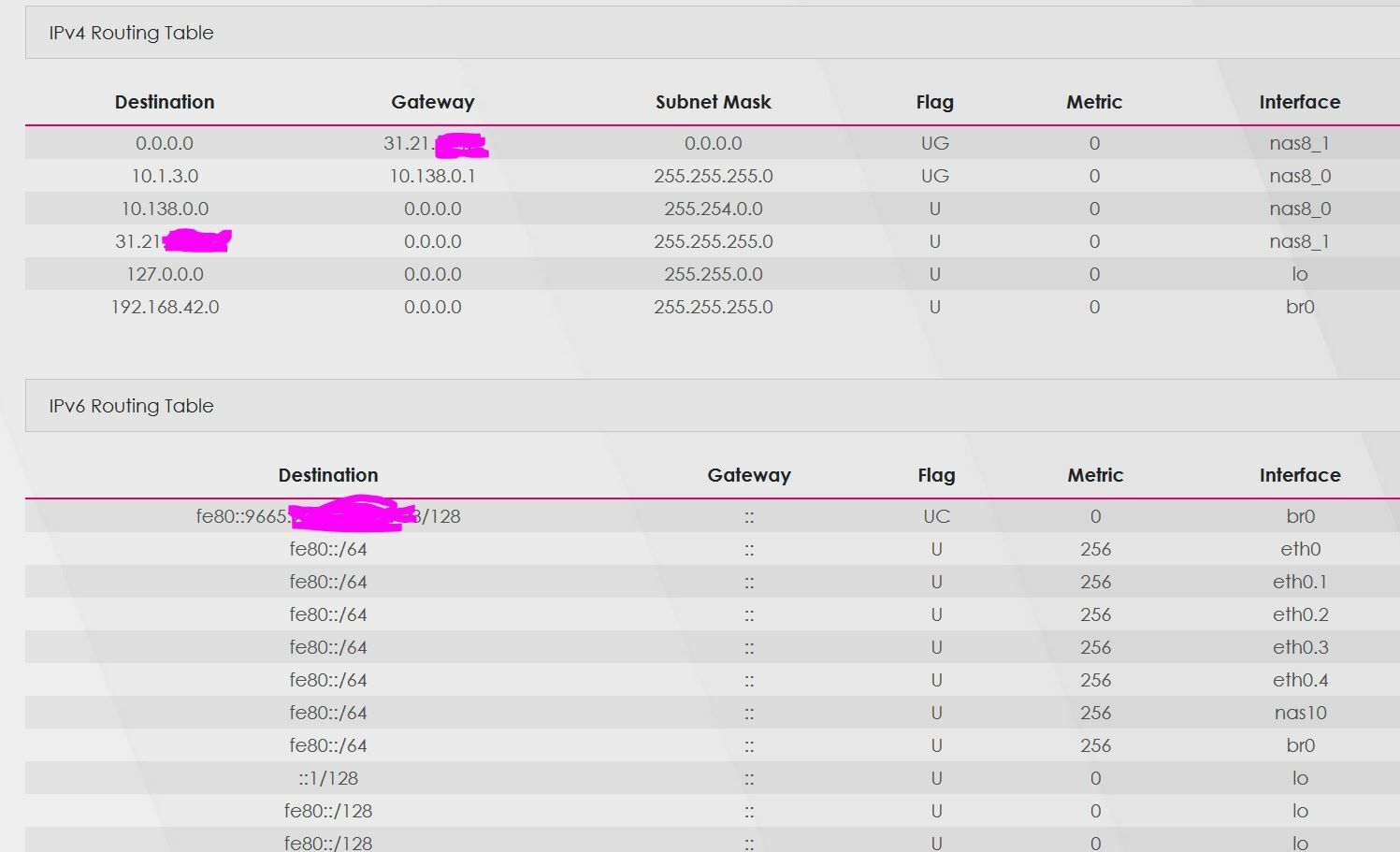
So, the three decisions mentioned above (and detailed below) are best done early in the game. The downside to configuring IP addresses and subnets is that a mistake can totally screw things up. For more on this, see my September 2020īlog A second router can make working from home much more secure. The other is carve out a secluded section within your home for devices involved in working from home. The first is to make some initial configuration changes to a new router, as I suggest on the new router page. And, should you ever want, or need, to plug one router into another router, it will not work well if each router uses the same subnet.įYI: There are two reasons to plug one router into another. If, someday in the future, you setup a site to site VPN, having each site use its own subnet is cleaner and easier. Using a subnet that is off the beaten path can also come in handy for VPNs. Also, some devices on the Local Area Network work best with a static/permanent IP address and the defaults for your router may not allow for any static IP addresses. This is because some malware targets routers by their default IP address. Dealing with IP addresses and subnets is optional, but recommended for a few reasons.įor one, you will be a bit safer by not using the defaults. Note that DHCP reservation can be used to give out any IP address in the subnet (other than the one used by the router).Įvery router has default values for the three decisions above and the defaults will, of course, work. This, in turn, determines the IP addresses that can be permanently/statically assigned.
255 255 255 0 dns full#
Pick a subnet (the full range of allowable IP addresses).These are the decisions that need to be made regarding LAN side IP addresses: If the static IP address is not in the correct sub-network, hair will be pulled out. The opposite of Dynamic, this is referred to as a static IP address.

That is, it never asks the router for an IP address.

A common term for this is DHCP reservation.

The public side of a router is visible on the Internet. Routers differ from other computing devices in that they have (at least) two IP address: a public one and a private one. A common IP address is 192.168.1.1.Įach number can, technically, range from zero to 255. The unique numbers are called IP addresses and theyĪre written as four decimal numbers separated by periods (rather than commas). And, by "computer," I mean any computingĭevice (phones, tablets, ROKU boxes, routers, Amazon Echos etc.). As you would expect, every computer on a network has a unique number.


 0 kommentar(er)
0 kommentar(er)
